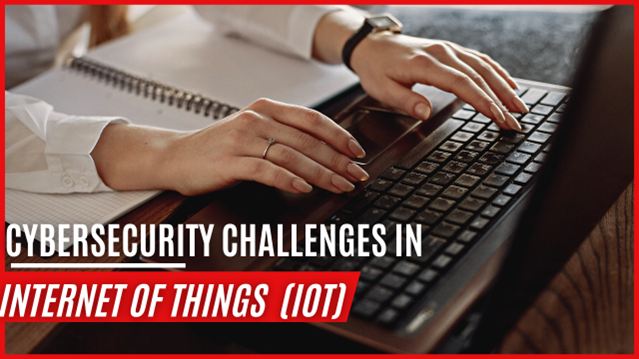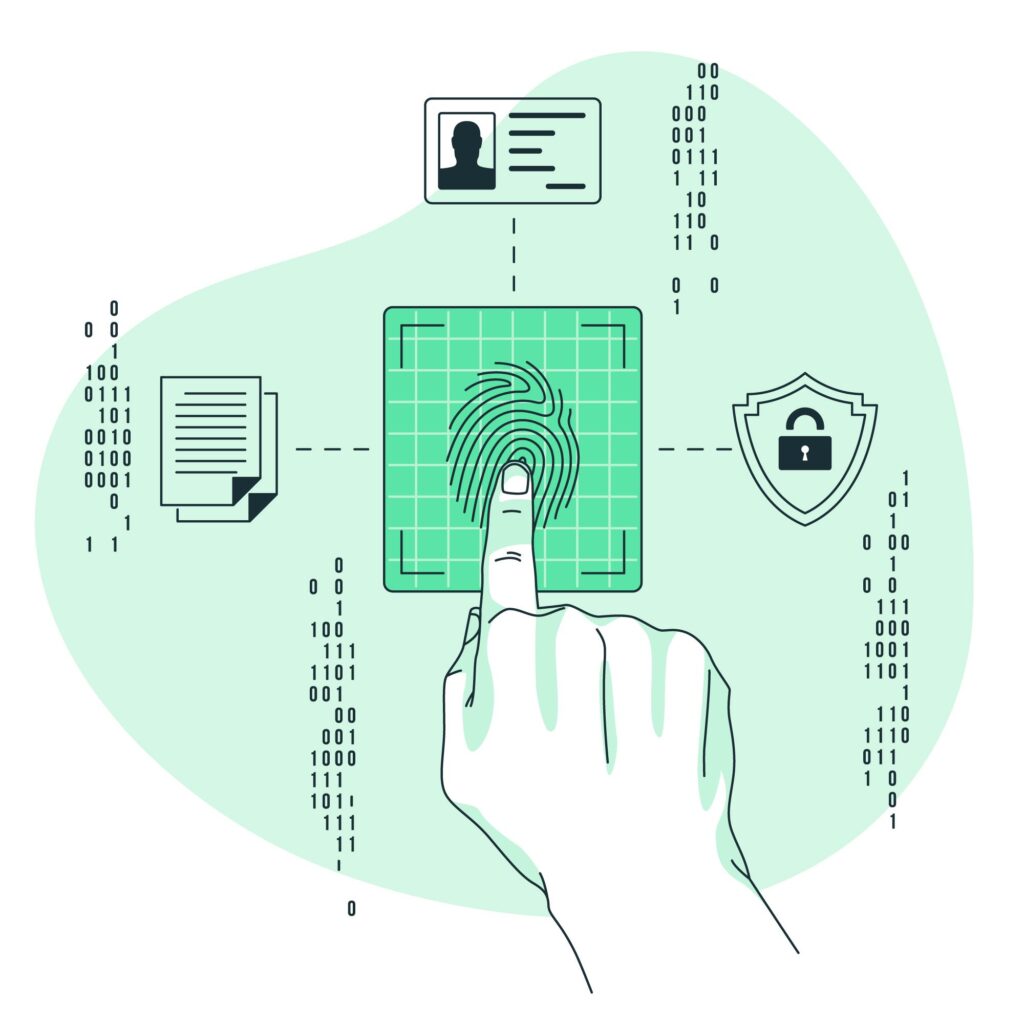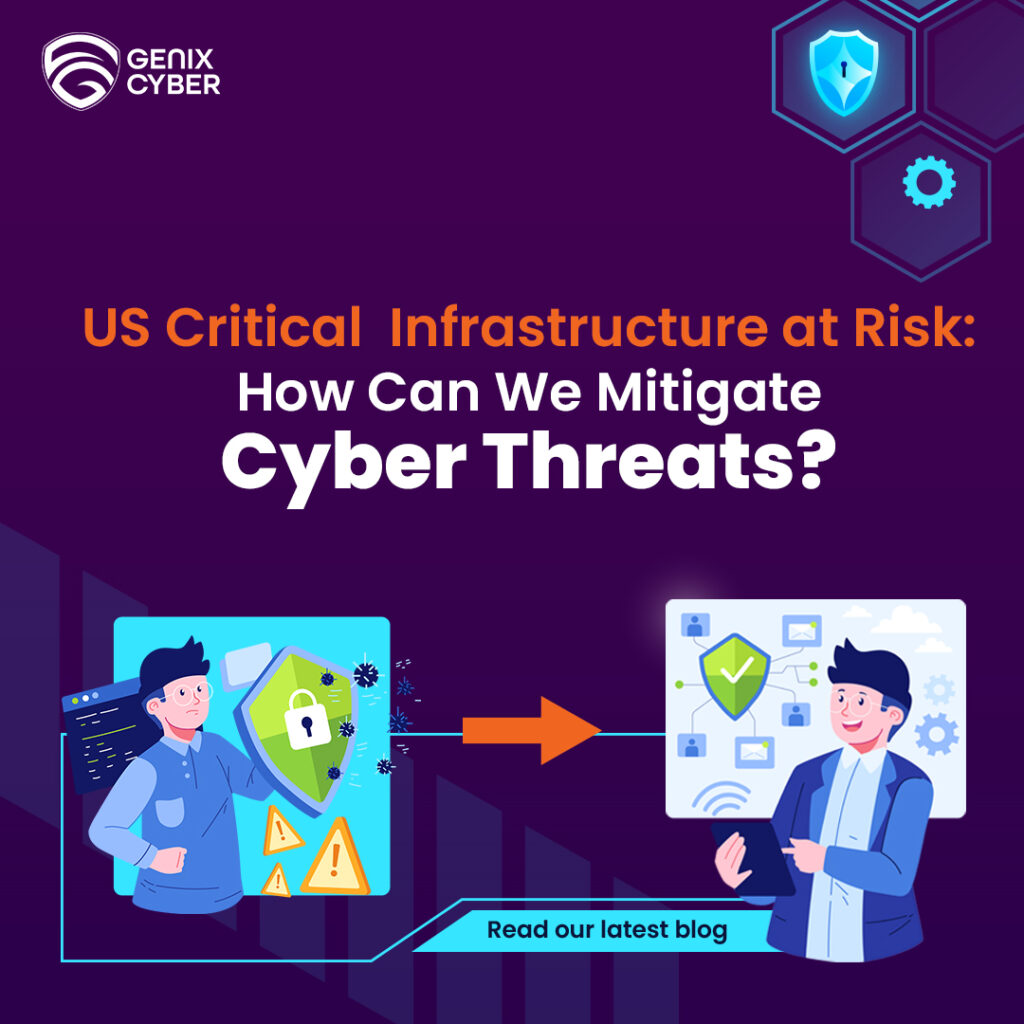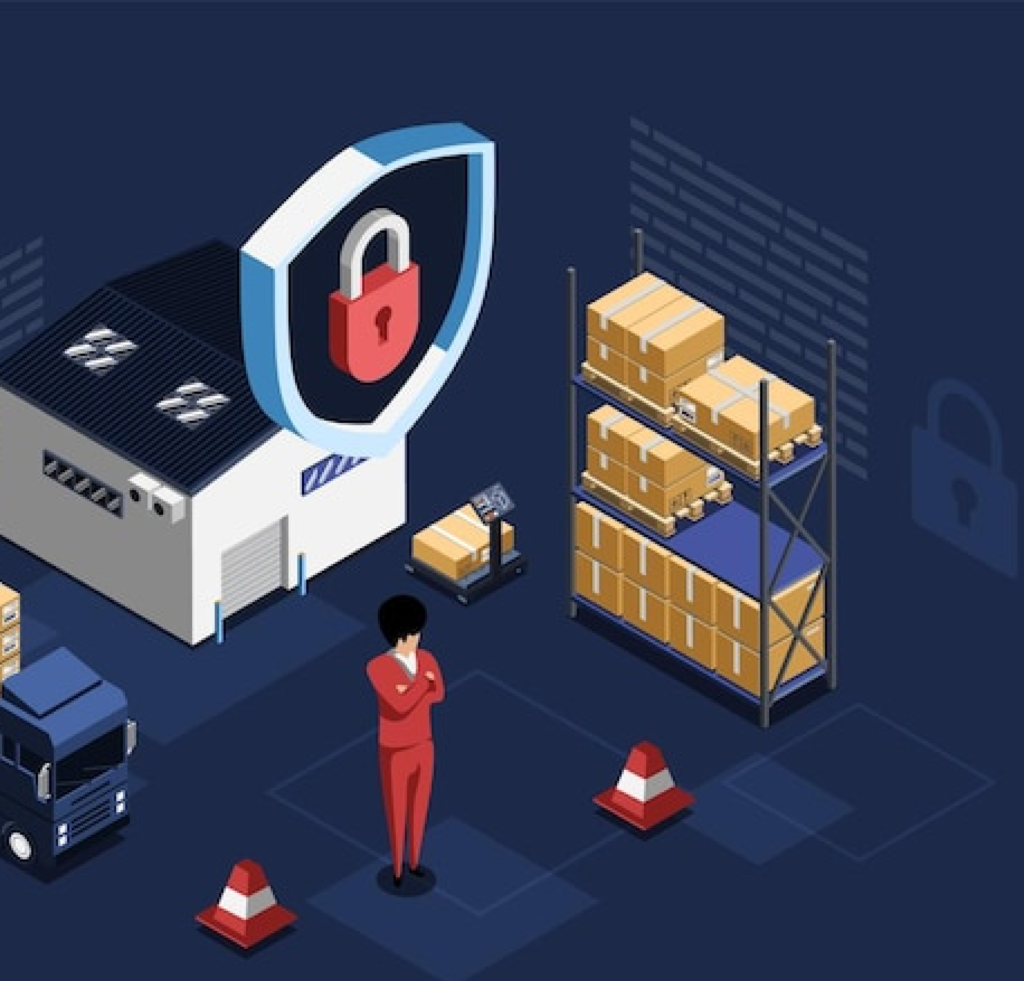Can you imagine living a few days without the Internet? This could be one of the top-ranking nightmares of many in the current era, where the Internet has become an integral part of everything we do. It has revolutionized every industry, including education and healthcare, aiding the creation of mind-blowing innovations that would have been scoffed at as ‘fantasies’ 100 years ago.
However, as we relish this convenience, we must also be aware that there are potential risks and challenges in terms of security and privacy. It is just like a spider’s web – intricate, awe-inspiring, yet easily traps victims. Let us dive deep into the potential risks associated with IoT devices.
Understanding the Internet of Things (IoT)
The Internet of Things (IoT) is like a large group of gadgets and machines that can interact with each other and share information through the Internet. They have special sensors, software, and internet connectivity built into them.

What are IoT Devices?
Any device that has internet connectivity is an IoT device. Right from the smartphones and fitness trackers we use to the advanced sensors installed in industries, the Internet plays a vital role in connecting these devices for communication, analysis, and even decision-making.
The Importance of Cybersecurity in IoT
Unfortunately, every convenience comes with a price. IoT devices are more likely to attract cyber criminals. These devices are designed for various uses, but the focus is more on convenience and affordability than security. This drawback makes them easy targets for malicious cyber activities. Let us delve into the challenges of IoT.
Challenges in IoT Cybersecurity
IoT Devices are Designed for Convenience, Not Security
- As most IoT devices are designed to be budget-friendly, they have limited memory and computing capabilities. Hence, we cannot implement complex security protocols in them.
- As their designs, features, and functionalities are diverse, there are no standard security protocols or measures to secure them across platforms.
Weak authentication and authorization Processes
Many IoT devices have very minimal authentication setups like passwords or pattern locks. Hence, they are vulnerable to unauthorized access, data theft, and illegal control of the entire device for malicious activities.
Data privacy and confidentiality concerns
- IoT devices are predominantly used to store personal and sensitive data.
- When there are no proper security measures, the data can be accessed, affecting the user’s privacy. Moreover, it increases the risks of identity theft.
High Reliance on third-party services and software
- Many of us resort to third-party software and services to save time, money, and effort. Though convenient, we seldom check their cybersecurity protocols and measures before collaborating.
- This increases the risks of cyberattacks, as it is tough to monitor or assure the security of the entire network.
Lack of awareness among IoT users
How many smartphone users do you think are actually aware of the vulnerability of their devices? Very few! This lack of awareness is a major risk factor because most people using IoT devices have limited awareness of how their devices can be hacked for illegal activities. Hence, they are less likely to implement appropriate security measures.
How to Mitigate IoT Cybersecurity Challenges?
Implement strong authentication mechanisms.
- Use robust passwords.
- Biometric verification, i.e., using fingerprints or facial features, is more fail-safe than passwords.
- Implement Multi-Factor Authentication (MFA) – a combination of password and biometric authentication or one-time-passcode gives an additional layer of protection against cyberattacks.
Enhance encryption and data protection.
- By encrypting the data, that is, by converting the data into indecipherable codes, one can safeguard sensitive data from cyber attackers.
- Encryption and cryptographic protocols assure safe transmission of data between devices without the risks of unauthorized access.
Perform software updates and patches regularly.
- Cybercriminals are far more advanced and are coming up with new ways to breach cybersecurity systems each day.
- Hence, regular software updates and patches are a must for consistent protection against emerging cyber threats.
Conduct rigorous vulnerability tests.
When developing an IoT device, It should undergo rigorous penetration testing and security assessments to fix the vulnerabilities before going to the market.
Educate users about IoT security best practices.
- The end users should be aware of the risks associated with the lethargic usage of IoT devices.
- They should be educated about best practices such as password changes, software updates, and the consequences of accessing suspicious links or sites.
The role of Artificial Intelligence in IoT security

Artificial Intelligence is revolutionizing processes across industries. Hence, there is no doubt that it will contribute extensively to cybersecurity. With AI-powered systems, we can easily detect, analyze and prevent cyber threats instantaneously. Organizations should explore the use of AI for proactively safeguarding both assets and business reputation in the cyber world.
Conclusion:
Both individuals and organizations should work hand-in-hand to safeguard IoT devices against cyber threats. We need to be proactive and adopt the best security practices to protect our privacy and build a secure cyber network for the benefit of all.
Partner with MetroMax Solutions for Extensive Risk Assessment and Testing Services!





